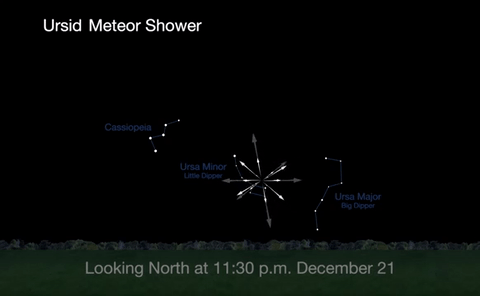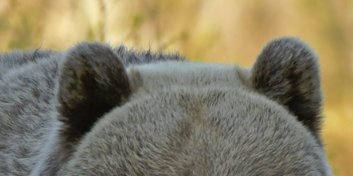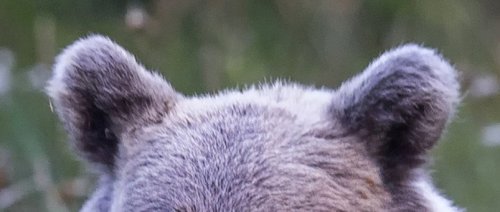Your gateway to endless inspiration
Ursid - Blog Posts
Solar System: Things to Know This Week
Learn more about our Deep Space Network, where to watch the Ursid meteor shower, Cassini’s ring-grazing at Saturn and more.

1. A Deep Space Anniversary
On Dec. 24, 1963, the Jet Propulsion Laboratory's Deep Space Information Facility was renamed the Deep Space Network. And, it’s been humanity's ear to the skies ever since.
+ History of the Deep Space Network

2. Ursid Meteor Shower
The best time to view the Ursids, radiating from Ursa Minor, or the little Dipper, will be from midnight on December 21 until about 1a.m. on December 22, before the moon rises.

3. At Saturn, the Ring-Grazing Continues
Our Cassini spacecraft has completed several orbits that take it just outside Saturn’s famous rings. The first ring-grazing orbit began on November 30. The spacecraft will repeat this feat 20 times, with only about a week between each ring-plane crossing.
+ Learn more

4. Preparing for the 2017 Total Solar Eclipse
Next year North America will see one of the most rare and spectacular of all sky events. Learn how to prepare.
+ 2017 Solar Eclipse Toolkit

5. Searching for Rare Asteroids
Our first mission to return an asteroid sample to Earth will be multitasking during its two-year outbound cruise to the asteroid Bennu. On February 9-20, OSIRIS-REx (Origins, Spectral Interpretation, Resource Identification, and Security-Regolith Explorer) will activate its onboard camera suite and begin its search for elusive “Trojan,” asteroids, constant companions to planets in our solar system as they orbit the sun, remaining near a stable point 60 degrees in front of or behind the planet. Because they constantly lead or follow in the same orbit, they will never collide with their companion planet.
Discover the full list of 10 things to know about our solar system this week HERE.
Make sure to follow us on Tumblr for your regular dose of space: http://nasa.tumblr.com










